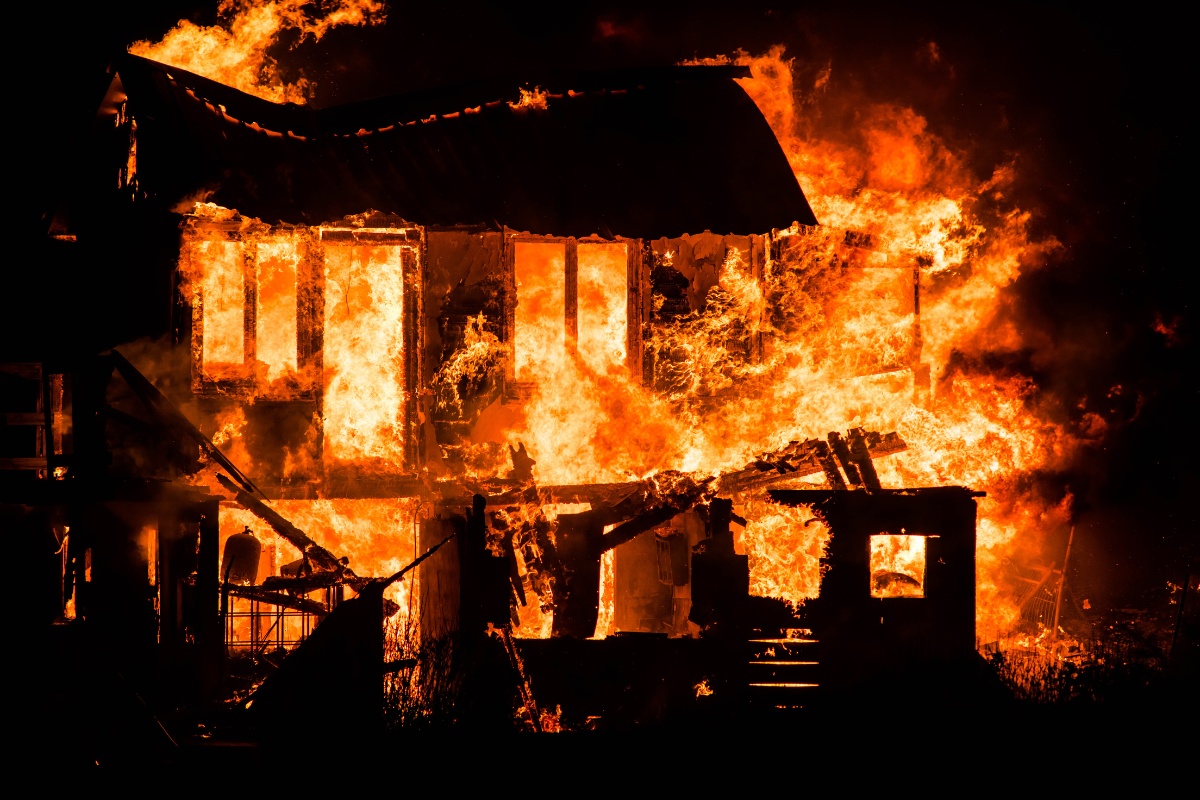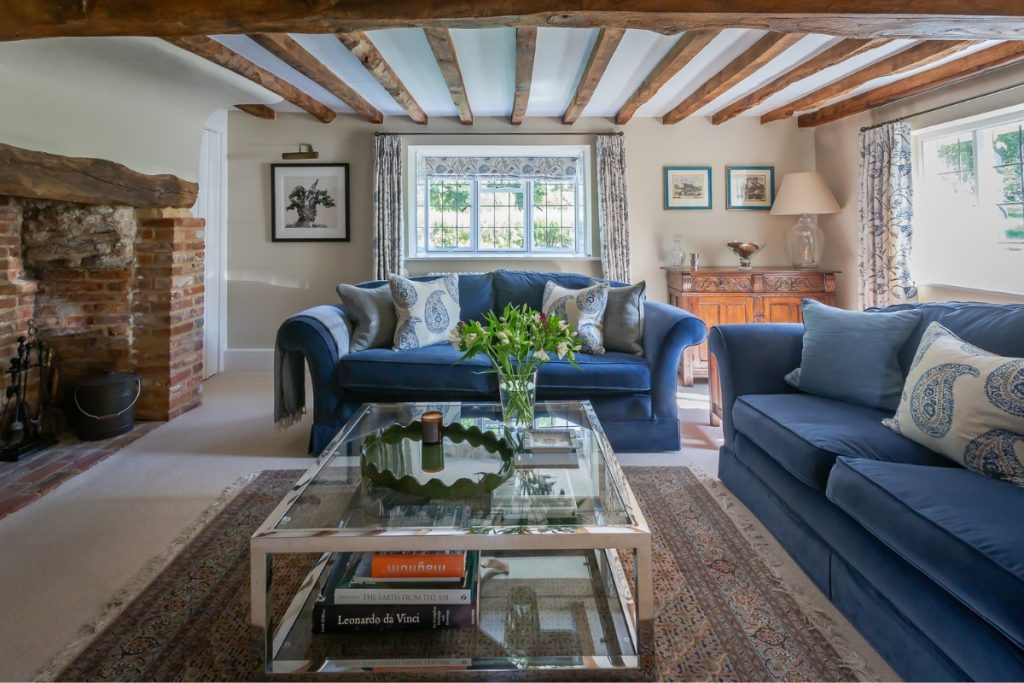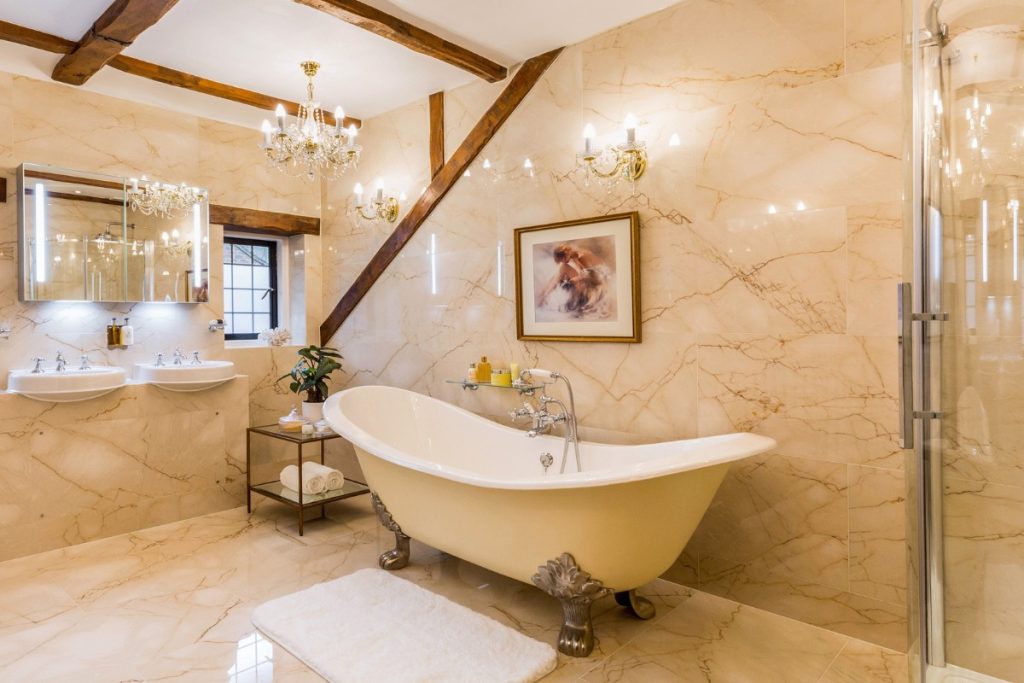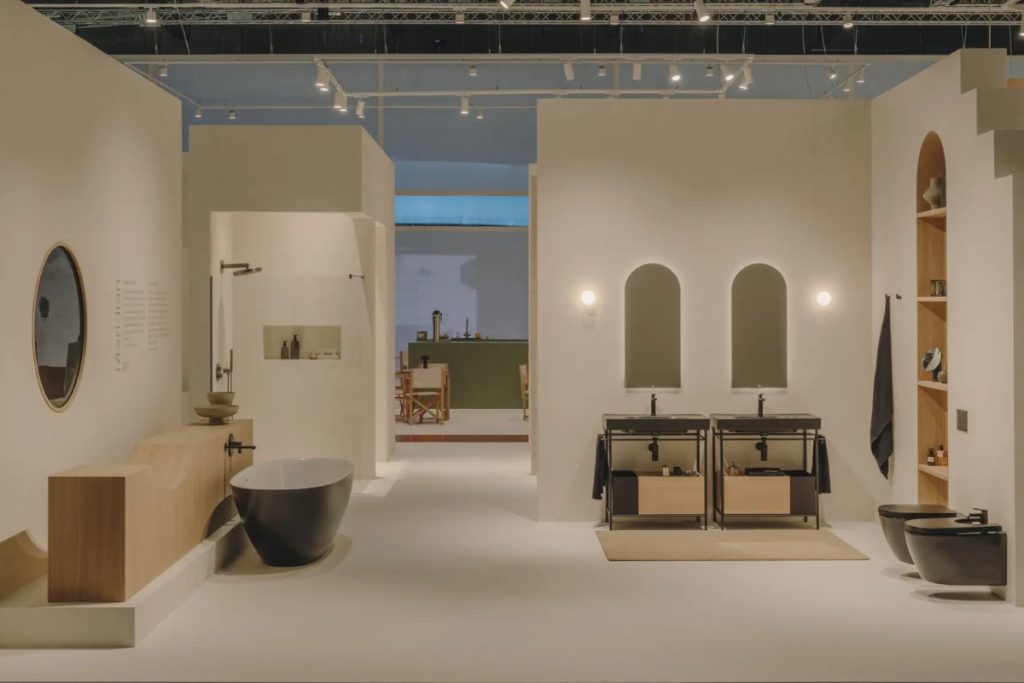 2nd February 2024 | IN DESIGN ADVICE | BY SBID
2nd February 2024 | IN DESIGN ADVICE | BY SBIDIt should go without saying that as the owner or operator of a business or commercial property your primary focus above all else, should be the safety of your employees and customers.
In this article we will focus on fire safety and the measures you must take to ensure you comply with required British Building Regulations.
A large proportion of hospitality and retail businesses operate out of existing buildings (although there are always exceptions), be it pub companies with their historic and aging estates, or bars and restaurants taking units on larger new developments where the main building’s fire safety requirements have already been considered and meet current regulations.
With that in mind we will focus on the factors that must be considered in order to meet current regulations in an existing building:
- Means of Warning and escape
- Internal fire spread (linings)
- Internal Fire Spread (structure)
It must be stressed that this is only a brief overview of the various factors that should be considered to ensure full Building Regulation compliance in regard to fire safety. For the full regulations you should refer to Building Regulations Approved Document B (fire safety), but given the extent of information included we would heartily recommend that you appoint a competent designer or architect, who has the necessary knowledge and training to be able to correctly apply these requirements, and consider them at an early part of the design process.
It can so often be the case that a wonderful looking scheme plan can be stymied because an inexperienced designer didn’t consider the necessary fire safety regulations, (and all building regulations for that matter), which can result in plans needing to change to ensure things such as compartmentalisation or adequate escape routes. As budgets are often set prior to moving a project forward to statutory application stages, the failure to properly consider regulatory requirements can also result in additional costs to the client, which can in turn result in not having the budget to afford those beautiful tiles or light fittings you wanted.
Listed below are a few of the various things that must be considered when approaching a commercial project to ensure necessary regulations are met. It should be noted that, dependant on the use class of your premises or if your site is within a multiple use building, there may be additional specialist requirements that must be satisfied as outlined in Approved Document Part B. It is also worth noting that, in the case of existing buildings, especially listed buildings or sites of historic interest, these regulations might be too restrictive in which case, an appropriate variation of the solution can be sought in agreement with the appointed building control inspector.
Means of Warning and Escape
In essence this refers to fire alarms, emergency lighting and escape routes.
In most commercial properties an electronically operated fire alarm system and fire detection system is a regulatory requirement (and must comply with BS 5839-1), except in some cases where it is a small building/premises where fire may be detected by the people within the site and a shouted warning could reach all occupants. However, even in these instances, we would recommend that an electronically operated fire alarm system still be installed.
Fire alarm systems are categorised into 3 specifications (which then split into various subcategories):
- Category L – for the protection of life.
- Category M – Manual fire detection and Alarm systems
- Category P – for the protection of Property.
A fire alarm will have electronic call points installed, usually along escape routes or near fire escapes, however, in the case of businesses with a lot of visiting customers (such as retail or hospitality units), these may be placed in positions where only staff can access them in order to prevent tampering. In order to protect the hearing impaired and protect them in the case of fire, visual and audible beacons should be utilised, especially on occasion where they may be in relative isolation from the rest of the site (say in an office back of house or in individual letting rooms for example).
When designing a layout, the use, footprint and occupancy of the site must be considered to ensure that an adequate number of escape routes are supplied. In most cases sites should have at least 2 escape routes, however in smaller sites or sites with limited occupancy (up to 60) a single escape route is acceptable as long as it is within the required travel distance, (essentially the distance from the furthest point in the room to the fire escape).
Approved document B provides limits on travel distance, subject to the site`s designated use and number of potential escape routes. If the site only has one escape route the travel distance is greatly reduced, whereas a greater number of escape routes increase the overall allowable travel distance.
It should be noted that the travel distance is not the distance to get you out of the building, but rather the distance to get to another protected area. For example if you were in a small office space, the travel distance is that required to get out of the office into a corridor, assuming that the office door is correctly fire rated (more on that later). Once in the corridor the Travel distance “resets” subject to the number of potential escape routes from that corridor, or the length of the corridor itself. In corridors that exceed the maximum travel distance fire doors may be installed at intervals to ensure maintenance of the protected route.
In properties where your business might be operating across two or more floors, the vertical means of escape (i.e. stairs and lifts) must also be considered. In general, the property should have multiple means of vertical escape although there are allowable dispensations under certain circumstances, for example in smaller properties where the footprint of each floor does not exceed 280 sqm or when escaping from a basement level when the basement in question meets the requirement to reach a storey exit within the allowed travel distance (for a single escape route) and has an occupancy of no more than 60 people. Lift shafts should be suitably lined to prevent the vertical spread of flame between floors.
In properties with multiple use classes, for example a Pub with a flat above, separate vertical escape route should be supplied for each use-class, or a suitable solution found to protect the common shared escape route. In many pubs across the nation the means of escape from the first-floor flat can often be through the ground floor pub. In these cases, adequate protection should be provided in the ground floor trade areas to ensure an effective escape route or best practice would be to provide a secondary escape route by means of a secondary internal escape stair or an external fire escape staircase wherever possible.
Internal Protected stairs should be properly compartmentalised with self-closing fire doors to the top and bottom and linings to walls, ceilings and the underside of stairs to current regulations requirements.
To ensure protection on escape routes and proper compartmentalisation all doors should be fire rated, with any vision panels in the doors being correctly rated to the same manner. Generally, in hospitality and retail businesses doors to either a 30-minute or 60-minute rating are sufficient although in certain circumstances doors with a 90 minute rating are available. In addition, Fire doors should be on suitable self-closers to ensure the doors swing closed once customers or staff have passed through them to maintain compartmentalisation and prevent or delay the spread of the fire.
Doors should always open in the direction of escape to ensure ease of egress, or in certain areas, such as back of house where only staff will use them as an escape route, doors can swing inward however should be addressed within the management risk assessment and procedures.
Doors on escape routes should also be either:
- Not fitted with a lock, latch or bolt
- Fitted with simple fastenings which are easy to operate, operable from the side approached by people escaping, operable without a key and operable without having to manipulate more than one mechanism.
In general, this means internal doors should be fitted with simple push plates and external doors fitted with “panic bar” fittings. When the business is not trading or empty these doors can be locked, however must be unlocked at all times during trading hours and addressed within the management risk assessments and procedures as noted above.
Doors with electronic locks should be connected to the fire alarm system to automatically unlock them in the event of fire.
Other general provisions on means of escape should include a minimum clear headroom of 2m, suitable flooring to minimise slippiness. Final fire exits should have at least the same minimum width as the escape route it serves and, where ramps are present on escape routes, should meet the provisions described in Approved Document M (access to and use of buildings).
All Escape routes must have adequate artificial lighting that stays illuminated if the main electricity supply fails conforming to BS-5266-1 and Fire escape signage confirming to BS ISO 3864-1 and BS 5499-4.
Internal Fire Spread (Linings)
The intent of the regulations surrounding internal fire spread is to limit or restrict the spread of flame over internal linings (e.g. ceilings, walls, floors etc). The building fabric should make a limited contribution to fire growth including a low rate of heat release.
This is particularly important in main circulation spaces, (in the case of hospitality and retail these are considered the main “trade” areas and access corridors), where linings may contribute to the main spread of flame and potentially prevent occupants from escaping.
In older buildings common with public houses and city centre multi-use sites, and especially listed buildings, where it is not necessarily possible to prove the rating of existing walls and ceilings it may be necessary to paint all surfaces in a suitable intumescent or fire rated paint to ensure the necessary classification is achieved.
Internal Fire Spread (Structure)
The intent of these regulations is prevent, or limit the spread of fire throughout the structure of a building. This can be broken down into the following categories:
- The load bearing elements of the structure are able to withstand the effects of fire without loss of stability for a defined period of time. For example, all steel work should be treated with a suitable intumescent paint to protect the steel from the fire.
- Suitable materials are used to ensure the compartmentation of buildings, (e.g. buildings of multiple use or occupancy). For example all compartment walls should be manufactured to a rating of FR30, FR60, FR90 or FR120, dependant on the building or unit’s use class.
- Suitable fire suppression methods are provided where necessary, e.g. sprinklers.
- Protection of openings in fire separating elements (i.e. compartment walls, floors and ceilings), to maintain continuity of the fire separation. Where it is necessary to penetrate a ceiling, wall or floor, (for example fitting recessed spot lights in a ceiling or pipework penetrating a wall or floor), suitable fire stopping methods should be applied such as using fire rated light fittings, intumescent hoods, or intumescent collars around pipework to ensure the continued integrity of the building lining on the whole.
- The inhibition of unseen spread of fire and smoke through cavities, through the installation of cavity barriers. In sites with concealed floor or roof spaces, cavity barriers should be installed to prevent the spread of flame between floors or zones, (e.g. multiple letting rooms on an upper floor with a large roof space above) or, to reduce the need for cavity barriers a fire resisting ceiling can be installed.
As an example, if a fire were to break out in a letting room and penetrate the ceiling, its spread to the other letting rooms would be managed or limited by the cavity barriers in the voids. Without those barriers the fire would be able to spread freely throughout the top of the building and penetrate into all the letting rooms on that floor.
As you have no doubt gathered through reading this article, fire safety in commercial properties can be a regulatory minefield and this article only scratches the surface of the full approved document B. If you require assistance with reaching building control compliance in fire safety, or any of the other approved documents please contact the designers at MGI. We are only too happy to help.
About MGI Partners
MGI Partners are an award-winning Interior design practice with decades of experience within the hospitality and commercial sectors. Our talented team have honed their skills and specialist industry knowledge to provide beautiful, commercially viable design solutions that meet our client`s specific brief and can be delivered no matter how challenging the project or budget spend is. We always put our clients first and love to work in close collaboration, to guide them through the design and construction processes to ensure we create spaces that their customers will love and want to return to again and again. With a range of services including surveying, site analysis, interior design, Visualisation, Statutory applications, branding and project management we tailor our offer to meet each client`s specific requirements.
If you’d like to feature your news or stories on SBID.org, get in touch to find out more.
If you’d like to become SBID Accredited, click here for more information.



